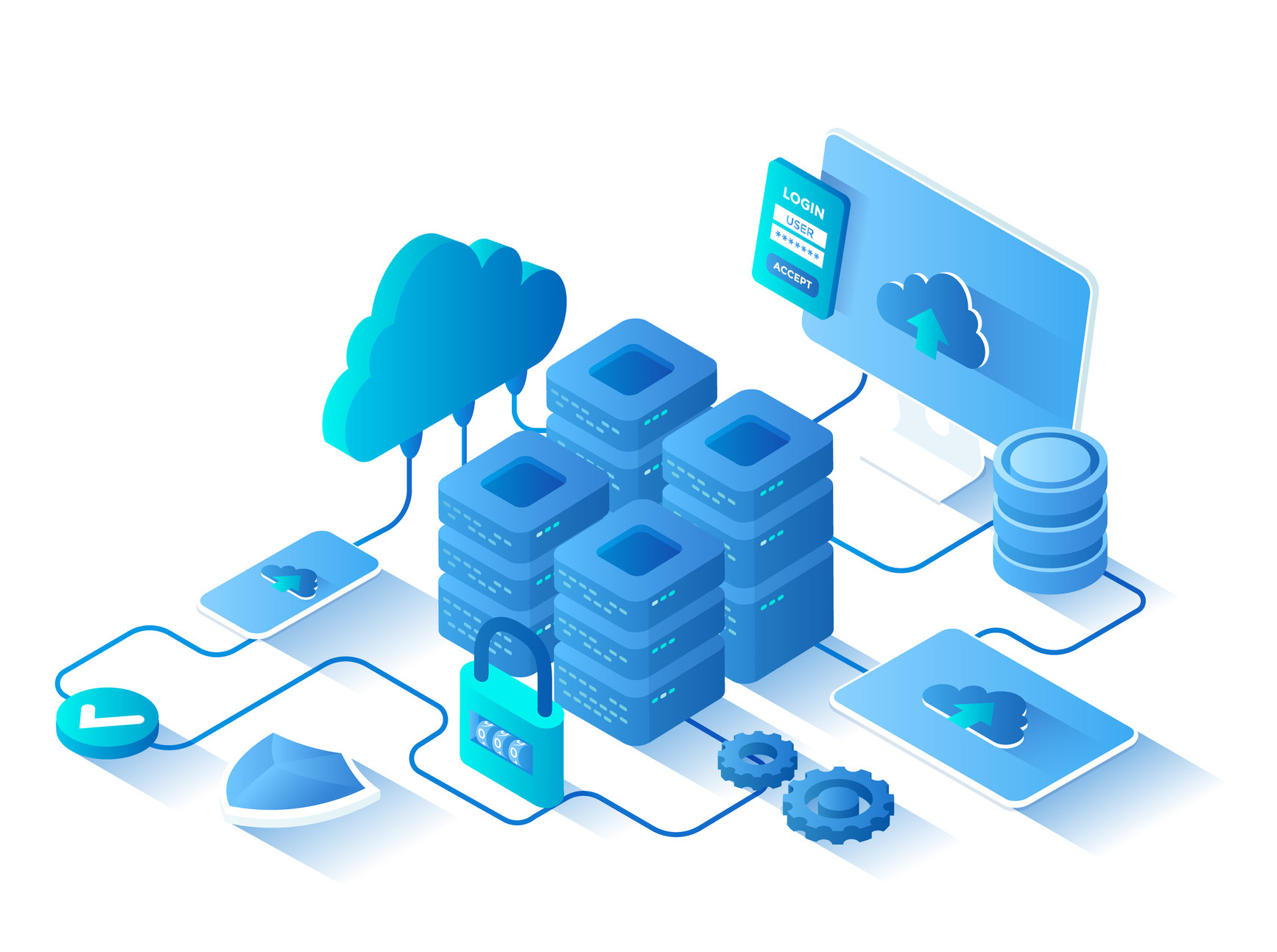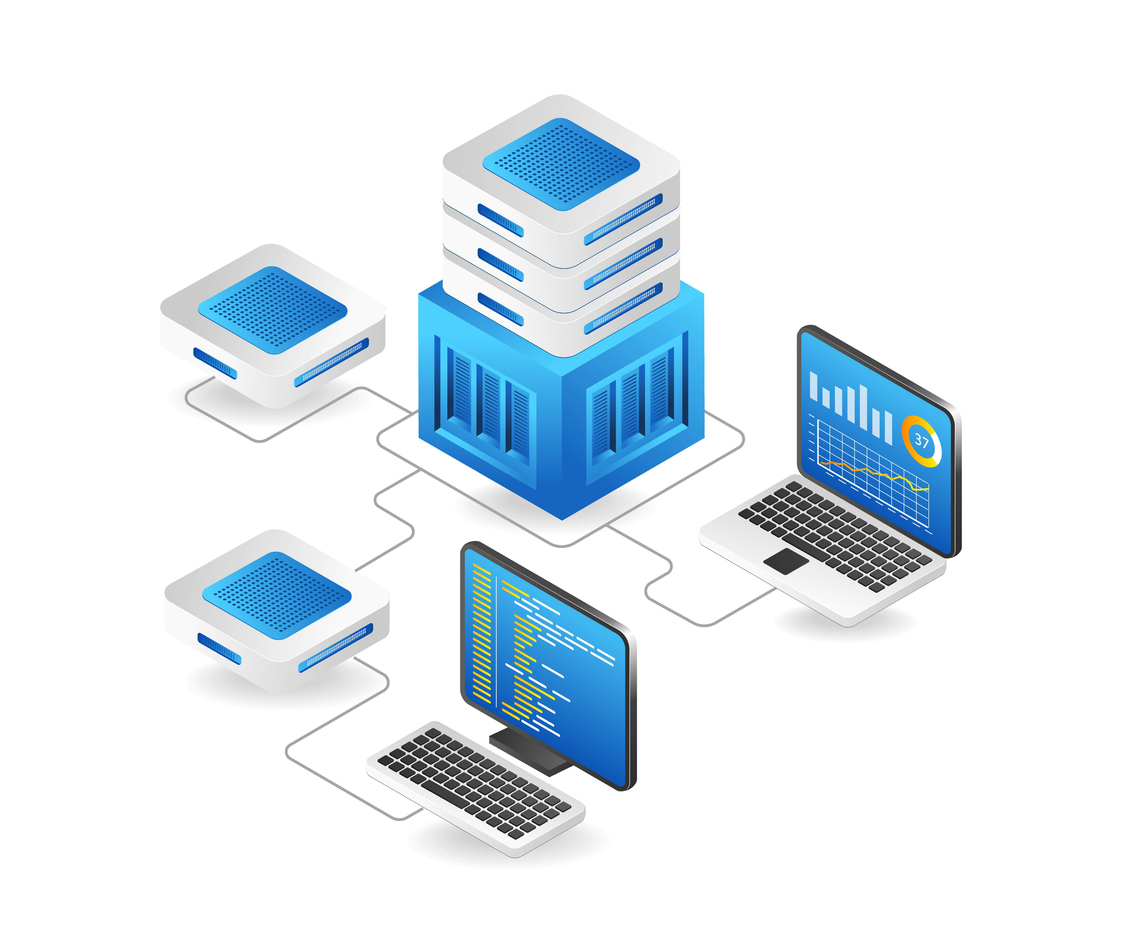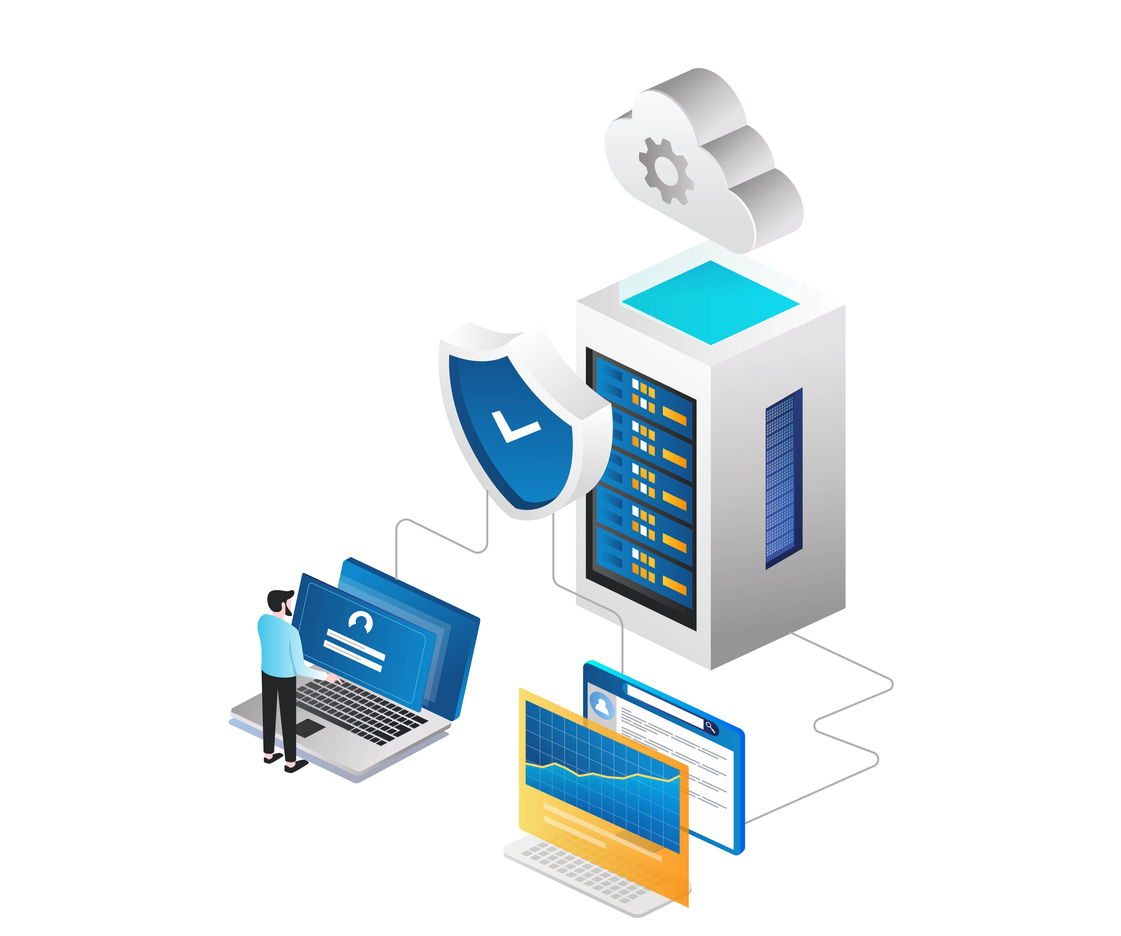Preventive Maintenance
Preventive Maintenance, an essential component of any IT strategy, is akin to the routine check-ups and maintenance that keep our bodies healthy and functioning optimally. Just as regular doctor visits help us prevent serious health issues, preventative technology maintenance is crucial for preventing network failures, data loss, and security breaches.

Proactive Care for Network Health
Managed services encompasse a range of proactive activities aimed at ensuring the stability, performance, and security of an organization’s network and technical infrastructure.
This holistic approach involves regular inspections, updates, troubleshooting, and optimization. The primary goal is to prevent technical issues before they become critical problems that disrupt business operations.

Key Aspects of Preventive Maintenance
Software Updates: Keeping software up to date is critical for security and performance. Regularly applying patches and updates to operating systems, applications, and network devices is essential to guard against vulnerabilities.
Hardware Inspections: Periodic assessments of hardware, such as routers, switches, and servers, help identify potential issues like overheating, component wear, or hardware failures.
Performance Optimization: Network maintenance includes tuning configurations to enhance performance and reduce bottlenecks. By monitoring network traffic and identifying areas that need improvements, businesses can ensure smooth operations.
Security Audits: Regular security audits and vulnerability assessments are vital to keep networks safe from cyber threats. This involves assessing the network’s security architecture, firewall rules, access controls, and encryption.
Backup and Disaster Recovery: Preventive maintenance also encompasses regular data backups and testing disaster recovery plans. This ensures that essential data can be recovered in case of hardware failures, data corruption, or cyberattacks.
User and Device Management: Managing user accounts and devices is an important part of managed technical services. This includes adding, modifying, or removing user accounts and ensuring proper device configuration.
Documentation and Asset Management: Keeping comprehensive records of network configurations, devices, and user information is crucial for efficient network management.

Why Preventive Maintenance Matters
Business Continuity: Unplanned network downtime can be catastrophic for businesses. Preventative maintenance and monitoring helps avoid these disruptions by proactively addressing potential issues.
Security: Regular security assessments are essential to protect against evolving cyber threats. A vulnerable network can lead to data breaches and other security incidents.
Cost-Efficiency: Preventing major network failures through maintenance is often more cost-effective than dealing with the aftermath of a critical incident.
Optimized Performance: Preventative maintenance keeps networks running at their best, ensuring that data flows efficiently and users experience minimal disruptions.
Compliance: Many industries have regulatory requirements related to data security and privacy. Managed technical services help ensure compliance with these regulations.
The Role of IT Service Providers
While technology maintenance can be handled in-house, many organizations, especially small and medium-sized businesses, opt to outsource this critical function to IT service providers.
These providers bring specialized expertise, advanced tools, and round-the-clock support to ensure the network’s ongoing health. They provide businesses with peace of mind, knowing their networks are monitored, maintained, and secured by experts.